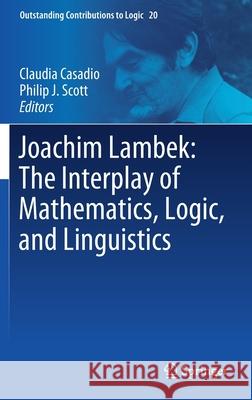Joachim Lambek: The Interplay of Mathematics, Logic, and Linguistics » książka
topmenu
Joachim Lambek: The Interplay of Mathematics, Logic, and Linguistics
ISBN-13: 9783030665449 / Angielski / Twarda / 2021 / 432 str.
Joachim Lambek: The Interplay of Mathematics, Logic, and Linguistics
ISBN-13: 9783030665449 / Angielski / Twarda / 2021 / 432 str.
cena 523,30
(netto: 498,38 VAT: 5%)
Najniższa cena z 30 dni: 501,19
(netto: 498,38 VAT: 5%)
Najniższa cena z 30 dni: 501,19
Termin realizacji zamówienia:
ok. 22 dni roboczych.
ok. 22 dni roboczych.
Darmowa dostawa!
Kategorie BISAC:
Wydawca:
Springer
Seria wydawnicza:
Język:
Angielski
ISBN-13:
9783030665449
Rok wydania:
2021
Wydanie:
2021
Numer serii:
000468947
Ilość stron:
432
Waga:
0.82 kg
Wymiary:
23.39 x 15.6 x 2.54
Oprawa:
Twarda
Wolumenów:
01
Dodatkowe informacje:
Wydanie ilustrowane











